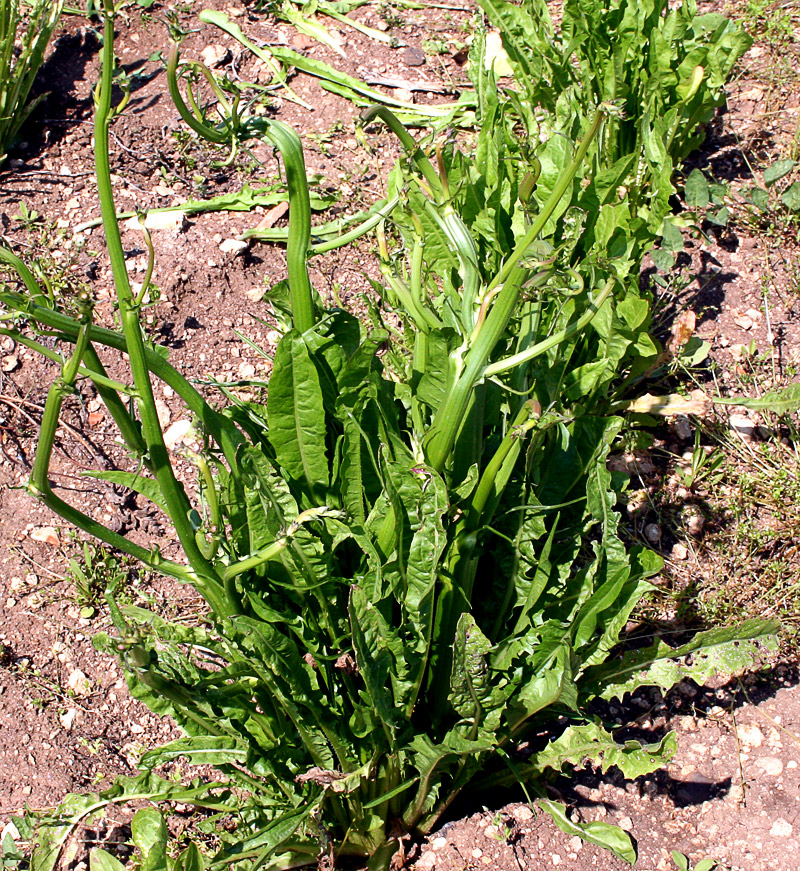Endives are a type of leafy vegetable that belongs to the chicory family. There are two main types of endives: Belgian endives, which have a torpedo-shaped head, and curly endives, which have loosely packed leaves. Both types of endives are known for their slightly bitter flavor and crunchy texture.
Endives are relatively easy to grow at home. They can be grown in both spring and fall, and they prefer cool weather. Endives can be started from seed, or transplanted from seedlings. When growing endives from seed, it is important to sow the seeds thinly, as they need ample space to grow. Endives should be harvested when the heads are still small; if left to grow too long, they will become tough and bitter.
Endives can be eaten raw or cooked. When eating them raw, they can be used in salads or as a garnish. When cooking endives, they can be braised, grilled, or roasted. No matter how you choose to eat them, endives make a delicious and healthy addition to any meal.
Soil
Endives can be difficult to grow, however, as they require very specific soil conditions. The soil must have a high clay content and a neutral pH level. If the soil is too acidic or alkaline, the endives will not grow properly. In addition, the soil must be well-drained and free of any stones or other debris. Endives also require full sun and consistent watering in order to thrive. With proper care, however, it is possible to grow healthy endives in most soil types.
Watering
How often to water endives will depend on the stage of growth, the size of the plant, the temperature, humidity, and other factors. When the plants are young, water them every few days to keep the soil moist but not soggy. Once they get bigger and the weather gets hotter, you’ll need to water them more frequently.
To know if your endives need watering, stick your finger in the soil. If it’s dry a few inches down, it’s time to water. If it’s still damp or wet, hold off until it begins to dry out. Over watering can asphyxiate plants and stunt their growth, so it’s important to only water when necessary. With a little trial and error, you’ll quickly get a feel for how often your particular endives need watering.
Flowering
Endives are a flowering plant that belongs to the daisy family. They are native to Europe, Asia, and Africa. The plant is also known as the common endive or wild endive. It is an annual plant that grows up to 1 meter in height. The plant has a rosette of oblong-shaped leaves with serrated margins. The leaves are arranged in a spiral form. The plant produces yellow flowers that bloom in the summer months. The fruit of the plant is a small achene that contains one seed. The plant is used as a food source and for medicinal purposes. It is also used as an ornamental plant.

Fruiting
Endives are a type of fruiting plant that belongs to the daisy family. These plants are native to Europe, North Africa, and Asia. Endives are grown for their edible leaves, which have a slightly bitter taste.
The leaves of endives can be eaten raw or cooked. Endives are also used as ornamental plants. They produce small yellow flowers that bloom in the summer. Endives grow best in full sun and well-drained soil. These plants are drought-tolerant and resistant to most pests and diseases. Endives can be propagated by seed, division, or cuttings.
Propagation
Propagation can also be done by root cuttings or division of the root mass.
When propagating by seed, it is best to sow the seeds indoors about eight weeks before the last frost date. The seeds should be sown in moist, well-drained soil and kept at a temperature of 65-70 degrees Fahrenheit. Once the seedlings have reached six inches in height, they can be transplanted outdoors.
When propagating by root cuttings, the roots should be divided into pieces that are about four inches long. Each piece should be planted in moist, well-drained soil and kept at a temperature of 65-70 degrees Fahrenheit. Once the new plants have reached six inches in height, they can be transplanted outdoors.
Division of the root mass is typically only performed when the plant is being moved to a new location. To divide the root mass, simply dig up the entire plant and carefully pull it apart into two or more sections.
Pests and diseases
Endives are susceptible to a number of pests and diseases. Pests that attack endives include aphids, whiteflies, and caterpillars. These pests can cause damage to the leaves, stems, and roots of the plant. Diseases that affect endives include downy mildew and black rot.
Downy mildew is a fungal disease that causes yellow spots on the leaves, while black rot is a bacterial disease that causes the leaves to turn black. Pests and diseases can reduce the yield of endives and cause them to taste bitter. Therefore, it is important to take steps to control pests and diseases when growing endives.
Irritation to pets
The leaves and roots of endives contain a substance called lactucarium, which can cause irritation to the gastrointestinal tract, skin, and eyes of pets. If ingested, Irritation may include vomiting, diarrhea, and abdominal pain.
Irritation to the skin may include redness, swelling, and itching. Irritation to the eyes may include redness and watering. If irritated, it is important to seek medical attention for your pet immediately. Endives are not known to be poisonous to pets, but Irritation can still occur. To prevent Irritation, it is best to keep Endives out of reach of pets.

